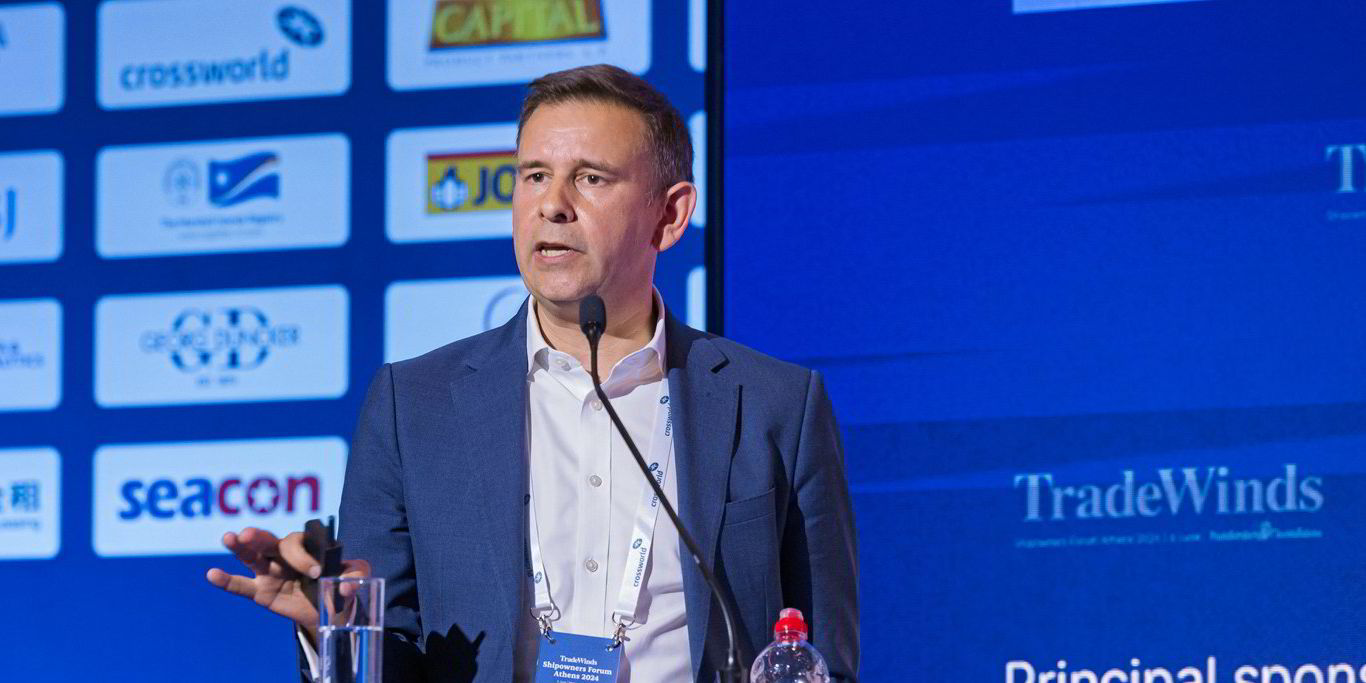Clarksons Research has unveiled its latest rankings of shipping’s biggest-earning vessels of the past four years.
Container ships and LPG carriers are winning out over tankers and bulkers.
The UK research company’s analyst Trevor Crowe said that since the beginning of 2021, the ClarkSea Index of shipping rates has averaged close to $29,000 per day, 140% above the previous decade.
“This illustrates the positive income generated across shipping in recent years, against the backdrop of increasing trade complexity and moderate supply expansion,” he added.
Crowe has calculated theoretical cumulative earnings after operating costs for a range of vessel types over the period.
A 4,400-teu panamax container ship tops the chart, generating $65.3m of cash, compared to a 1,700-teu feeder ship with $30.3m.
The panamax was marginally ahead of a VLGC on $63.9m.
Container ships enjoyed all-time record earnings during the Covid era due to disruption, Crowe points out.
The 4,400-teu ship size saw earnings top $50m in 2021 and 2022 as a result.
Profit has again surged for these units in 2024 due to increased distances tightening supply after the Houthis began attacking ships in the Red Sea.
Crowe said cumulative VLGC earnings have benefited in particular from record high markets in 2023 on the back of Panama Canal drought disruption, firm US-Asia trade flows and a wide arbitrage.
A notional VLGC added almost $30m after operating expenses in 2023 alone.
Mid-size tankers stand out
In tankers the “stand-out” cash generators have been the aframaxes at $45.5m, the suezmaxes on $38.9m and the LR2s at $30.3m.
“With tanker markets since 2022 receiving major impetus from the redistribution of Russian trade flows and then Red Sea rerouting, in the crude sector the aframax and suezmax, more exposed to Russian and Suez trade, have generated greater income after opex than the VLCC,” Crowe said.
The figure for a VLCC stands at $24.7m.
“The products sector overall has been very strong over the last few years, with all sectors performing well, gaining from Red Sea disruption — LR2s in particular,” Crowe added.
On the bulker side, medium and small ships performed similarly to capesizes.
Supramaxes came in at $19.4m, panamaxes at $16.7m and capesizes at $17.8m.
The latter vessel type has generated the strongest cash flow so far this year, with $5.3m.
Crowe said the earnings figures also indicate varying theoretical returns based on the cost of the assets.
Using a five-year-old ship as an example, Clarksons said a 4,400-teu boxship has provided cash flow of more than 300% of the initial outlay.
Feeder ships of 1,700 teu, aframaxes and supramaxes have all covered more than 100%.
At the other end of the spectrum, earnings after opex for the VLCCs and capesizes covered 39% and 50% of the cost, respectively.
Crowe still called this an “interesting” return, however.
“Of course, in reality timing is very important and assets on the water may have earned more or less than prevailing earnings benchmarks,” he explained.
“However, even if markets haven’t been entirely smooth (eg negative VLCC cash flow in 2021), comparing cumulative cash flows illustrates the mostly impressive performance across shipping since 2021 well,” Crow added.






